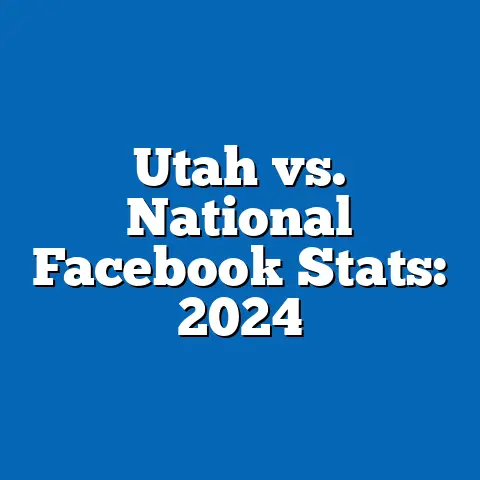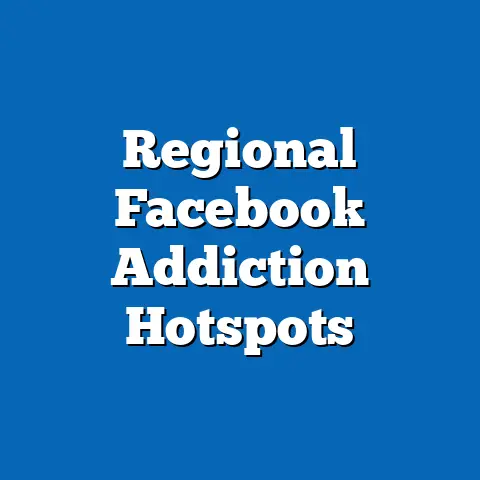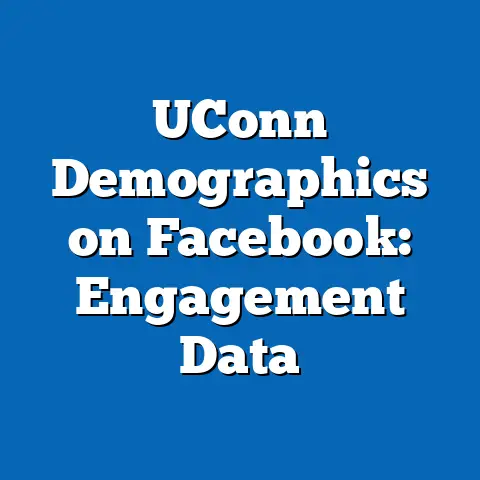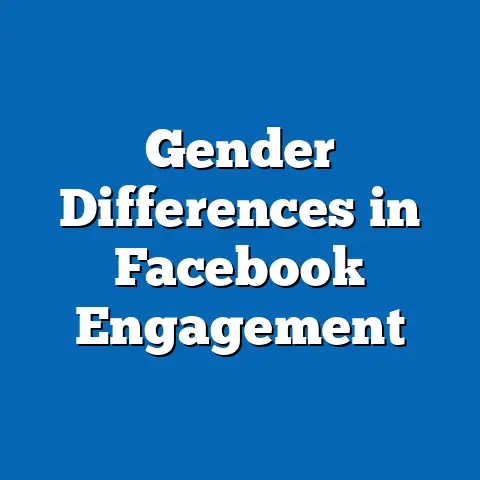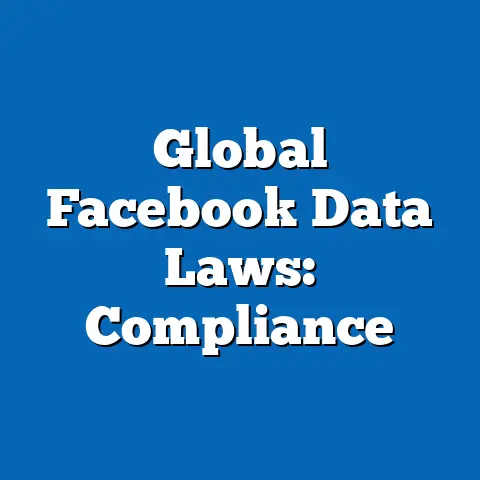Facebook Sparks debate on fairness
In an increasingly connected world, Facebook has emerged as a transformative force, linking billions of people across geographic, cultural, and economic divides. As of the second quarter of 2023, Facebook reported 3.05 billion monthly active users worldwide, according to Meta’s latest earnings report, making it the largest social media platform globally. This staggering figure represents nearly 38% of the world’s population, highlighting the platform’s unparalleled reach and its role as a vital tool for communication, business, and community building.
The benefits of this connectivity are profound, particularly for underserved populations who gain access to information, education, and economic opportunities through the platform. Yet, as Facebook’s influence grows, so do concerns about fairness—ranging from unequal access to digital tools to issues of content moderation, privacy, and algorithmic bias. This article explores the multifaceted debate surrounding fairness on Facebook, delving into data-driven insights, historical trends, and demographic disparities while examining the broader implications for digital equity.
Regionally, Asia-Pacific accounts for the largest share of users at 1.2 billion, followed by Europe with 387 million and North America with 266 million, according to Statista’s 2023 data. However, growth rates are fastest in developing regions like Africa, where user numbers increased by 17% year-over-year between 2022 and 2023, driven by expanding mobile internet access.
Demographic Breakdown: Who’s Using Facebook?
Facebook’s user base is diverse, spanning age groups, income levels, and educational backgrounds. According to Pew Research Center’s 2023 survey, 69% of U.S. adults use Facebook, with usage particularly high among those aged 30-49 (75%) compared to younger adults aged 18-29 (67%) or seniors over 65 (50%). Gender differences are minimal, with 70% of women and 67% of men reporting usage.
Globally, demographic trends vary significantly. In India, for instance, 76% of users are male, reflecting cultural and access disparities, as reported by DataReportal in 2023. Meanwhile, in wealthier nations like the U.S. and Canada, income levels correlate with usage frequency—88% of adults earning over $75,000 annually use the platform, compared to 60% of those earning less than $30,000, per Pew Research data. These disparities underscore the intersection of socioeconomic status and digital access, a key factor in the fairness debate.
Section 2: The Benefits of Facebook – Bridging Gaps
Economic Opportunities and Small Businesses
One of Facebook’s most touted benefits is its role in fostering economic growth, particularly for small businesses and entrepreneurs in developing regions. A 2022 study by Deloitte, commissioned by Meta, found that 200 million small businesses worldwide use Facebook to reach customers, with 70% reporting increased sales due to the platform. In regions like Sub-Saharan Africa, where traditional advertising is often cost-prohibitive, 65% of small business owners surveyed credited Facebook with helping them access new markets.
The platform’s low-cost advertising tools and Marketplace feature have democratized commerce to an extent. For instance, in 2021, over 1 billion users engaged with Marketplace monthly, facilitating peer-to-peer transactions and local business growth, according to Meta’s annual report.
Social Connectivity and Education
Beyond economics, Facebook fosters social bonds and knowledge sharing. During the COVID-19 pandemic, usage spiked by 27% globally as people sought virtual connection, per a 2020 Nielsen report. Groups and Pages became hubs for community support, with over 1.8 billion users participating in Groups monthly by 2023, according to Meta.
Educationally, Facebook has enabled access to free resources through initiatives like Free Basics, a program launched in partnership with Internet.org. As of 2022, Free Basics provided zero-cost internet access to over 300 million people across 65 countries, predominantly in Africa and South Asia, per Meta’s sustainability report. This has allowed marginalized communities to access educational content, though critics argue the program limits full internet access—a point of contention in fairness debates.
Section 3: The Fairness Debate – Unequal Access and Digital Divide
The Global Digital Divide
While Facebook’s reach is vast, access remains uneven, perpetuating a digital divide that mirrors global inequality. According to the International Telecommunication Union (ITU) 2023 report, 2.6 billion people—roughly 33% of the global population—still lack internet access, with 75% of them residing in low-income countries. In Sub-Saharan Africa, only 36% of the population is online, compared to 96% in North America, per ITU data.
This divide directly impacts Facebook usage. For example, while 80% of Europeans can access high-speed internet, only 22% of rural Africans have any internet connection, as reported by the World Bank in 2022. Gender disparities compound the issue—UNESCO data from 2021 shows that women in low-income countries are 23% less likely than men to use the internet, limiting their access to platforms like Facebook.
Infrastructure and Affordability Challenges
Infrastructure and cost are major barriers to fairness in access. In rural India, where 66% of the population lives, only 25% have reliable internet, per a 2023 report by the Internet and Mobile Association of India (IAMAI). Device affordability further restricts usage—smartphones, necessary for optimal Facebook engagement, remain out of reach for many, with average costs in low-income regions equaling 95% of monthly income, according to the Alliance for Affordable Internet (A4AI) 2022 study.
Even where access exists, data costs can be prohibitive. In Nigeria, 1GB of mobile data costs 1.6% of average monthly income, compared to just 0.1% in the U.S., as per A4AI data. Such disparities highlight how Facebook’s benefits are not universally accessible, fueling debates over whether the platform exacerbates inequality.
Section 4: Content Moderation and Algorithmic Bias – Fairness in Experience
Uneven Content Policies
Beyond access, fairness concerns extend to how Facebook moderates content and enforces policies. Critics argue that the platform’s rules are inconsistently applied, often favoring powerful entities over marginalized voices. A 2021 report by the Oversight Board, an independent body reviewing Meta’s content decisions, found that 53% of appealed content removals were reinstated, suggesting significant errors in initial moderation.
Demographic disparities in moderation are notable. A 2022 study by the Center for Countering Digital Hate (CCDH) revealed that hate speech targeting Black users in the U.S. was 1.5 times more likely to remain on the platform than similar content targeting white users, pointing to gaps in automated detection systems. Language barriers further complicate fairness—Facebook supports content moderation in over 70 languages, but less-resourced languages like Amharic or Burmese often face delayed or inadequate responses, as documented in a 2021 Amnesty International report on misinformation during Ethiopia’s conflict.
Algorithmic Bias and Echo Chambers
Facebook’s algorithms, designed to maximize engagement, have been criticized for reinforcing bias and creating echo chambers. A 2019 study by the University of Southern California found that users are 62% more likely to see content aligning with their existing views due to algorithmic curation. This can deepen polarization, particularly on divisive issues like politics or race.
Demographic impacts are evident. Low-income and less-educated users are more susceptible to misinformation, with a 2020 Pew Research survey showing that 27% of U.S. adults with a high school education or less believed false COVID-19 claims shared on Facebook, compared to 8% of college graduates. Such trends raise questions about whether the platform equitably serves all users or disproportionately harms vulnerable groups.
Section 5: Privacy Concerns – A Universal Fairness Issue
Data Collection and Consent
Privacy is a cornerstone of the fairness debate surrounding Facebook. The platform collects vast amounts of user data—over 300 petabytes as of 2021, per Meta estimates—to fuel its advertising model, which generated $114.9 billion in revenue in 2022. Yet, users often lack clear understanding of how their data is used, with a 2022 Pew Research survey finding that 81% of U.S. adults feel they have little control over data collected by tech companies like Facebook.
Demographic differences in privacy awareness are stark. Younger users (18-29) are more likely to adjust privacy settings (67%) than seniors over 65 (38%), per Pew data. In developing nations, where digital literacy is lower, users are often unaware of risks—only 22% of internet users in South Asia reported understanding data privacy policies, according to a 2021 UNESCO report.
Historical Scandals and Trust
Facebook’s history of privacy scandals, notably the 2018 Cambridge Analytica incident where data from 87 million users was misused for political targeting, has eroded trust. Post-scandal surveys by Statista in 2019 showed that 44% of U.S. users reduced their time on the platform due to privacy concerns. Despite Meta’s subsequent investments—$5.5 billion in privacy and security in 2022, per their annual report—public skepticism persists, with 59% of global users doubting the platform’s commitment to data protection, according to a 2023 Edelman Trust Barometer.
Section 6: Historical Trends vs. Current Data – Progress or Stagnation?
Access and Inclusion Over Time
Historically, Facebook has made strides in expanding access. In 2010, only 7% of the global population used the platform, compared to 38% in 2023, per Meta and World Bank data. Initiatives like Free Basics and partnerships with telecom providers have driven growth in underserved regions—user numbers in Africa grew from 17 million in 2010 to 274 million by 2023, a 1,500% increase.
Content and Privacy Policies
On content moderation, Facebook’s policies have evolved since the early 2010s, when manual review dominated. Today, 98% of hate speech is detected by AI before user reports, per Meta’s 2023 transparency report, compared to just 24% in 2017. However, accuracy lags for nuanced or culturally specific content, with error rates as high as 40% in non-English contexts, per a 2022 internal Meta audit leaked to The Wall Street Journal.
Privacy protections have also tightened since Cambridge Analytica, with features like enhanced data encryption and opt-out ad tracking introduced by 2021. Still, user trust remains low, with only 29% of U.S. adults believing tech companies prioritize privacy, down from 38% in 2015, per Pew Research trends.
Section 7: Visualizing the Data – Key Disparities
To better understand the fairness debate, consider the following data visualizations (described for clarity):
-
Global User Distribution Map (2023): A world map highlighting Facebook’s 3.05 billion users, with darker shades for high-density regions like Asia-Pacific (1.2 billion) and lighter shades for low-penetration areas like Sub-Saharan Africa (274 million). This illustrates the geographic digital divide.
-
Demographic Usage Bar Chart (U.S., 2023): Bars comparing usage rates across age groups (e.g., 75% for 30-49 vs. 50% for 65+), income levels (88% for $75,000+ vs. 60% for <$30,000), and education. This underscores socioeconomic disparities in access and engagement.
-
Content Moderation Error Line Graph (2017-2023): A line showing the rise in AI-detected hate speech (24% in 2017 to 98% in 2023) alongside persistent error rates (up to 40% in non-English contexts), reflecting ongoing fairness challenges in moderation.
These visualizations, based on data from Meta, Pew Research, and ITU, crystallize the multifaceted nature of fairness issues on Facebook, from access to user experience.
Section 8: Broader Implications – Toward Digital Equity
The debate over fairness on Facebook is not merely about one platform but reflects larger questions of digital equity in a hyper-connected world. Unequal access, driven by infrastructure and affordability gaps, risks entrenching global inequality—by 2030, the ITU projects that 1.5 billion people will remain offline, predominantly in low-income regions, unless systemic barriers are addressed.
Content moderation and algorithmic bias pose challenges to social cohesion, as marginalized groups face disproportionate harm from misinformation or censorship. Privacy concerns, meanwhile, transcend demographics, affecting trust in digital ecosystems broadly—Edelman’s 2023 Trust Barometer notes a global decline in tech trust by 7 points since 2019.
Addressing these issues requires multi-stakeholder action. Governments must invest in internet infrastructure—only 5% of global GDP currently funds digital access in low-income countries, per World Bank estimates. Meta and similar platforms should prioritize inclusive AI development and transparent policies, while users must be empowered with digital literacy tools—UNESCO advocates for reaching 500 million learners by 2025.
Ultimately, Facebook’s role as a global connector is undeniable, but its fairness challenges mirror deeper societal divides. As technology evolves, ensuring equitable access, unbiased systems, and robust privacy will determine whether platforms like Facebook bridge gaps or widen them in the decades ahead.

